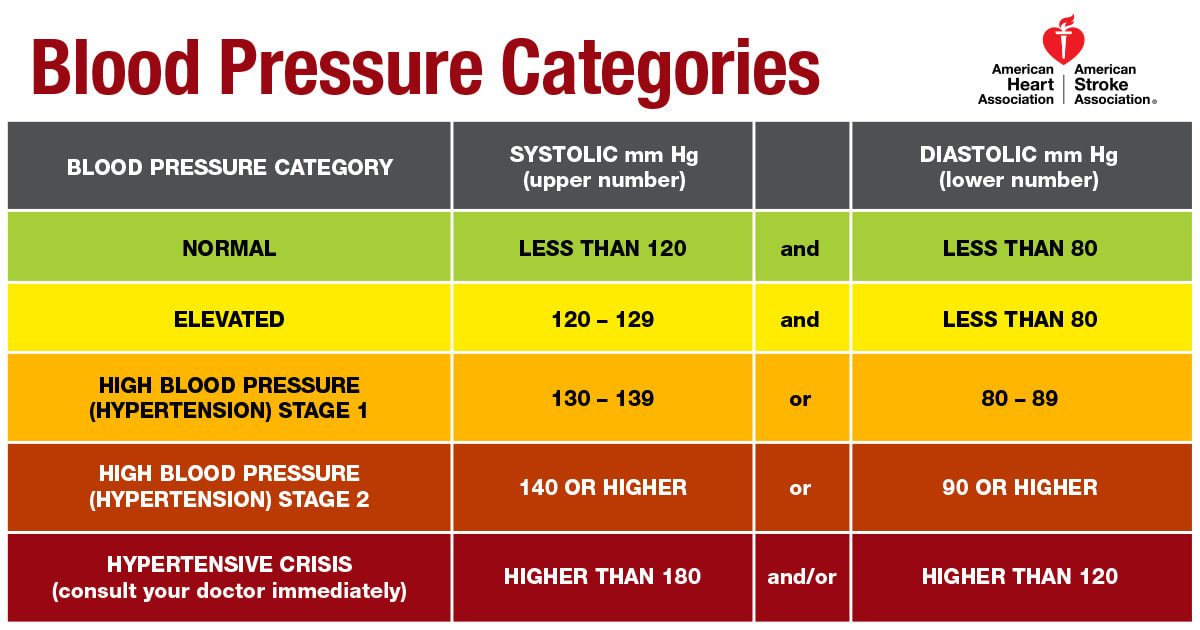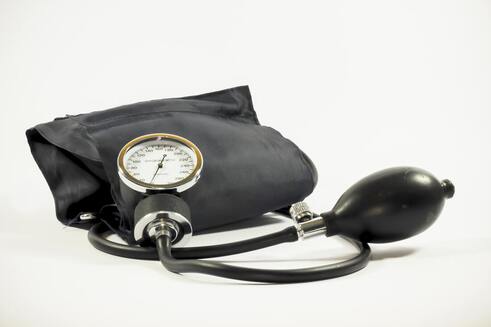|
Coronavirus is everyones biggest concern, but it does not mean we will not develop other health problems, such as gastro, appendicitis or injuries. We still need to see the doctor, but at the same time we do not want to expose ourselves to coronavirus, by going out. As a result, doctors have been encouraged to use Telehealth, (Telehealth is where you see a doctor via something like Skype or Facetime). Now you can see your GP by Telehealth under Medicare. As a family physician, I have been using Telehealth for many years. It will never take over from seeing a doctor face to face, but we can achieve a lot using a video consultation. As a doctor I need to gather a lot of information to work out what is wrong with you. If you can give me that information, I can perform a safer consultation via a video. If you have the right tools in your house, you can give me the information that I need and reduce the chance of missing something nasty. These tools have been around for many years and are not high tech. This week, we have created a special edition newsletter to highlight what tools can be used to help your doctor make a safe diagnosis. As mentioned before in this blog, these gadgets should be part of everyones first aid kit, to allow you to always see a doctor from the comfort of your own home, safe from the coronavirus. Online Health ServicesWhether you have the right equipment or not, there are many health services that you can access online. You can see a GP, get a blood test or even an STI check. Click on the button below for more information. For Clinic OwnersIf you are a clinic owner who is setting up a Telehealth service, please click on the link below and cut and paste the URL into an email or sms to be sent to your patients.
You can improve the quality of your Telehealth assessments by informing your patient population how to provide data that can help you make a diagnosis. Please note that your patients will need to be consented to receive communication via this process - Spam Act 2003)
1 Comment
The answer is Yes and No. To answer it simply, It depends on how high your blood pressure is to start with. What we know from research:
So why the big fuss on hypertension (high blood pressure) Hypertension is one of the most important cardiovascular disease risk factors due to its high prevalence and significant medical costs. Approximately, 78 million Americans (33 %) have hypertension [systolic blood pressure (SBP)≥140 mmHg and/or diastolic blood pressure (DBP) ≥ 90 mmHg] (Mozaffarian et al 2015). Similarly, according to the Australian Heart foundation, in Australia these figures are similar with close to 6 million or 33.7% of the population suffering with hypertension. Individuals 50 years of age or younger with pre-hypertension have double the lifetime risk of stroke, heart failure, coronary heart disease, and intermittent claudication compared to individuals of the same age with normal BP. (Mozaffarian et al 2015). Fortunately, exercise has been widely recognised as a method to reduce hypertension. As mentioned already, lifting heavy weights temporarily increases blood pressure. Paradoxically, high levels of chronic physical activity and aerobic exercise training can prevent some of the age-associated rise in blood pressure seen in many normal humans, and exercise training can also lower blood pressure in those with hypertension. I want to lift weights – how do I do it safely? First and foremost, you shouldn’t lift heavy weights or even engage in a vigorous exercise program unless you are cleared by your doctor and had a chance to discuss any precautions or special considerations. As a general guideline, it is recommended that you shouldn't lift weights if your blood pressure is uncontrolled and higher than 180/110 mm Hg. If your blood pressure is lower at 160/100 mm Hg you shouldn’t lift heavy weights without consulting your doctor (Sorace et al 2014). Safety Tips If you have hypertension and have been cleared by your doctor here are some tips for those who want to exercise with a vigorous program or who want to lift heavy weights:
Disclaimer: This text does not serve as medical advice and if you have any questions, seek advice from your doctor. Blog post written by Jack Perisa. Jack Perisa is a specialist sports physiotherapist (FACP) and Practice Principal at Lane Cove Physio, New South Wales, Australia www.lanecovephysio.com.au. He is also director of Cliniknote, an iPad app designed to draw and record your clinical notes www.cliniknote.com References Mozaffarian D, Benjamin EJ, Go AS, et al. Executive summary: heart disease and stroke statistics-2015 update: a report from the American heart association. Circulation. 2015;131(4): 434–41. Sorace, P., Churilla, J.R. & Magyari, P.M. (2012). Resistance Training for Hypertension. ACSM’s Health & Fitness Journal, 16(1), 13-17. Often when you go to your doctor you have your blood pressure taken. Your blood pressure is one of those vague things where your doctor gives you a series of numbers and is either happy or concerned. Sometimes your doctor is so concerned he will give you medication for it. I commonly ask patients if they understand blood pressure and why they are on medication for it, however many people do not really understand the concept. So allow me to give you an explanation. Imagine you have a series of pipes in the body along which blood is pumped by the heart. When the heart squeezes the pressure reaches a maximum number (the top number on your blood pressure reading) and when the heart relaxes the pressure drops to a minimum number (the bottom number on your blood pressure reading). This maximum and minimum number change with time and activity, so things like exercise and stress can increase your blood pressure (both maximum and minimum numbers).
The key point is if the pressure is too high for too long, the pipes burst. If this happens in the brain, you have a stroke, if in the kidneys, you can have kidney damage or if in the eyes can it lead to eye problems. By monitoring your blood pressure we can prevent a problem from happening by reducing your blood pressure before it gets into the danger zone. The problem for us as doctors is that it is stressful when you as a patient come to see us and so your blood pressure is artificially high. As a result we do not make any decisions on blood pressure unless it is taken on 3 separate occasions and abnormal. From the patients point of view you have to keep on coming back to see us time and again. I often tell my patients to purchase a blood pressure machine - this is not new technology but is certainly useful. Measure your blood pressure when you are at home and relaxed over a period of time and bring those readings in to show me. This is often a truer reflection of your current blood pressure and makes an efficient assessment possible by your doctor. Current products on the market offer a sleek appearance, portability and connection to your phone. As long as it is clinical grade and calibrated, it is good enough for me, (decisions on design etc, I will leave to you!) These products if used on a regular basis can identify issues before they become a problem. The real game changer however will be the device that is small, wearable, accurate and most importantly continuous. If we can track you blood pressure on a continuous basis then we will truly have an accurate insight into your health. We are not there yet but when this happens, I do believe those who embrace this type of monitoring will be able to offset a really common cause of ill health. Blog post written by Dr Khurram Akhter. Khurram is an experienced primary care physician and a thought leader in the field of digital health. Disclaimer: This text does not serve as medical advice and if you have any questions, seek advice from your doctor. Today we have so many products available to use that can track our health: the Apple watch, Fit Bits etc, but are they of any use? 30 years ago, as a young child, I remember my parents returning from the local hospital having just visited one of my father’s close friends who had just had a heart attack. When I asked how old he was, the response was 36 years old. At the time, I felt that he was really old, but now I now realise that that is very young to have a heart attack. However in the 1980’s this was quite common. In 2018, how many 30 year olds are having a heart attack? Evidence shows not as many as the 1980’s. So what has changed? People have become more health conscious following better quality lifestyles: smoking less, doing more exercise. In addition to this doctors have been more proactive in monitoring certain parameters in your blood, such as cholesterol levels. If problems have been identified, lifestyle changes have been reinforced and treatment has been started to prevent heart attacks. The effect of this has been to reduce the number of individuals suffering from heart problems. Now you are more likely to hear about the 70 year old with a heart problem rather than a 30 year old. The point of me talking about this is that if you track your health you can identify a problem before it becomes a problem. Up until now your doctor may track your health on a 6-12 monthly basis. Now developments in technology mean we can track health parameters on a second by second basis. This now provides us with vast quantities of data which can be analysed and used to identify problems that may develop well into the future. As a result, changes can be made to your lifestyle to prevent or delay those problems from happening. So which parameters should we be tracking? As doctors we can make decisions on your health with information on your blood pressure, pulse rate, blood sugar levels, temperature and blood parameters such as how your kidneys are functioning or your cholesterol levels. The list is endless as to what we can monitor. The key question is what can you, as the health focussed individual or patient, monitor accurately to assist your health professional make decisions on your health. The answer depends on what your health needs are and what your health professional can suggest that is available in the market to meet your needs. This knowledge of the market is not widespread at the moment. Digital health is a disorganised mess of AI driven products, wearable devices and accessible services. What we hope to do at HealthAide.co is to bring some structure to the chaos of digital health so you and your health professional can identify which product is clinical grade (ie accurate) and most suitable for your health needs, based on scientific research and opinions that really matter. Blog post written by Dr Khurram Akhter. Khurram is an experienced primary care physician and a thought leader in the field of digital health. Disclaimer: This text does not serve as medical advice and if you have any questions, seek advice from your doctor. |
AuthorContributors Archives
March 2020
Categories
All
|
|
SOCIAL
|
HealthAide is an independent resource. We do not own shares or make profits from the products listed on this site. Products and services have been curated using the Four Principles of Healthcare Ethics (Beauchamp, T. and Childress, J. (1985) Principles of Biomedical Ethics)
© COPYRIGHT 2018. ALL RIGHTS RESERVED.






 RSS Feed
RSS Feed